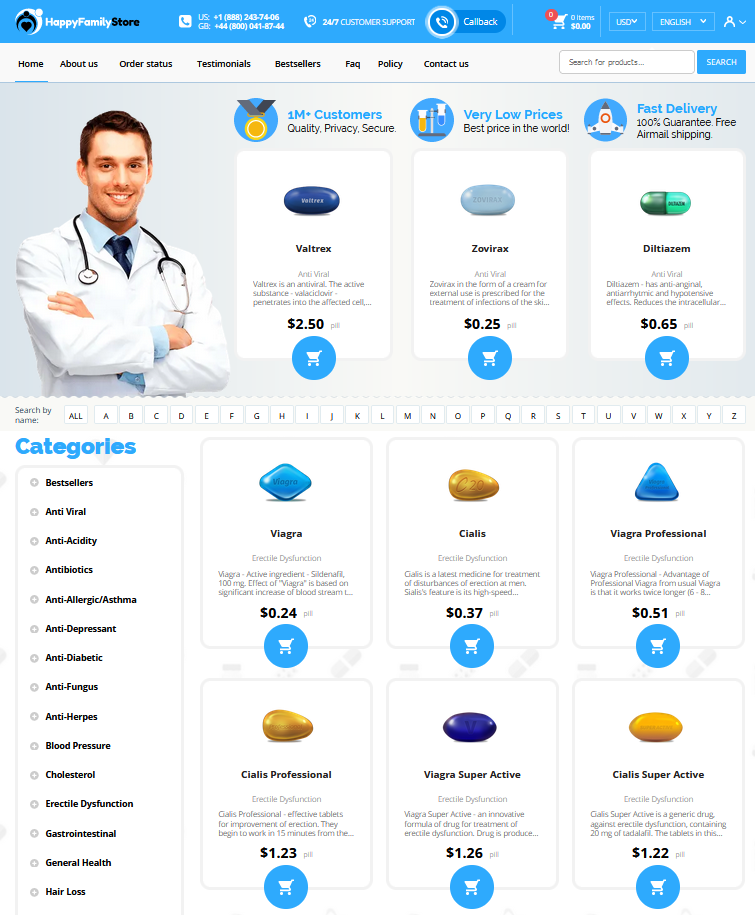
Exploring Lasix: What It Is and Its Uses
Lasix, commonly known as furosemide, is a widely used diuretic that plays a crucial role in the management of various medical conditions. Its primary function is to alleviate fluid retention, making it valuable for patients with heart failure, liver disease, and certain kidney ailments. By promoting the excretion of excess salt and water, Lasix helps in reducing swelling and edema.
Beyond its diuretic properties, Lasix is indispensible in treating hypertension. It is often utilized in acute settings for its rapid action, effectively reducing blood pressure levels. Furthermore, in cases of acute kidney injury, its ability to increase urine output can be beneficial under specific circumstances. However, its effectiveness and safety may vary depending on the underlying condition, requiring careful medical supervision.
| Uses of Lasix | Purpose |
|---|---|
| Heart Failure | Reduces fluid buildup |
| Liver Disease | Alleviates edema |
| Hypertension | Lowers blood pressure |
Lasix's Immediate Effects on Kidney Function

As Lasix begins its work, it's like a backstage manager orchestrating a swift change in the body. By blocking the reabsorption of sodium and chloride in the kidneys, it prompts these organs to flush out extra water and salts, which results in increased urine production quite immediately. This diuretic effect helps in reducing swelling and lowering blood pressure. However, the occurrence of such pronounced changes can stress teh kidneys, especially if the acommodate balance of electrolytes isn't carefully managed.
How Long-term Use Impacts the Kidneys
Lasix is a powerful diuretic, and over time, your kidneys have to adjust to its presence in the body. When someone uses Lasix long-term, the kidneys are constantly pushed to excrete excess fluid and salt. This enhanced activity can place additional stress on the kidneys, as they work tirelessly to achieve the desired results. Wich can lead to alterations in kidney function and potentially damage delicate structures within these vital organs. Kidney stress from continuous Lasix use might occasionally result in reduced efficiency, as they strive to maintain balance even when the demand is unrelenting. It's crucial for individuals on Lasix to be aware of these potential changes to ensure their kidney health is not compromising over time.
Potential Risks Associated with Prolonged Lasix Use

While Lasix is a powerful tool in managing fluid retention and high blood pressure, its extended use may introduce complexities to one's health. Over time, this diuretic may impact teh body's electrolyte balance, occasionally leading to a decrease in potassium levels. This can result in symptoms like muscle weakness or fatigue. Moreover, its prolonged usage might strain the kidneys as they work overtime to excrete increased fluid volumes, potentially affecting functional efficiency. Healthcare professionals often advise monitoring kidney functions closely, ensuring early detection of any adverse effects. It is vital for patients to stay informed and to collaborate with medical providers to mitigate these potential risks.
Monitoring Kidney Health While on Lasix
Regular kidney check-ups are essential to ensure the safe use of Lasix over extended periods. Patients should undergo routine blood tests to monitor creatinine levels and glomerular filtration rate (GFR), as these are critical indicators of kidney health. These tests help identify any potential damage early on, allowing for timely interventions sometimes needed to adjust medication dosage. It's recomended to maintain an open line of communication with healthcare providers.
Engaging with healthcare professionals about lifestyle changes can further bolster kidney health. They may advise on dietary adjustments, such as reducing sodium intake, which can compliment Lasix's effects. Occassionally, hydration status should also be evaluated.
| Check-ups | Indicators | Communication |
|---|---|---|
| Routine Blood Tests | Creatinine, GFR | Open Line with Doctors |
Alternatives to Lasix for Kidney Management
For those managing kidney conditions, exploring options beyond Lasix can be crucial. Diuretics like spironolactone and hydrochlorothiazide offer alternative pathways to effectively manage fluid retention. Spironolactone, for example, works as a potassium-sparing diuretic, proving beneficial in conditions where maintaining potassium levels is vital. On the other hand, hydrochlorothiazide can be a viable option for its efficiency in reducing hypertension alongside fluid buildup. Each alternative comes with its specific strengths and risks, requiring careful consideration in consultation with a healthcare provider, particularly given their impact on electrolytes and overall kidney health.
Source 1
Source 2
Moreover, lifestyle changes are another significant frontier in kidney managment. Diet modifications, such as reducing sodium and protein intake, can lessen the kidneys’ workload. Regular excercise not only supports cardiovascular health but can also help manage associated conditions like diabetes and high blood pressure, which are closely linked to kidney health. Complementary therapies, from herbal supplements to acupuncture, though often viewed as supplementary, might provide relief for some individuals when integrated carefully. Always, these should be back by clinical evidence and discussed with healthcare professionals to avoid unintended side effects.
Source 1
Source 2
Finally, embracing technology can offer a more personalized approach. Health monitoring apps facilitate tracking of vital signs, dietary habits, and medication adherence, alerting to early signs of kidney stress. Development in wearable tech promises to deliver real-time data on fluid balance—transformational in chronic kidney disease management. As always, consulting with a medical provider is neccessary when incorporating any new alternative into a treatment regimen to ensure it complements existing therapies safely and effectively.
Source 1
Source 2